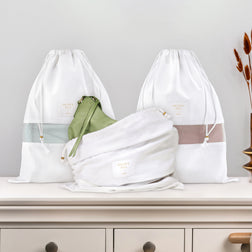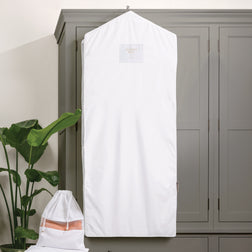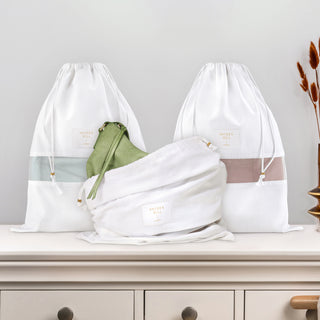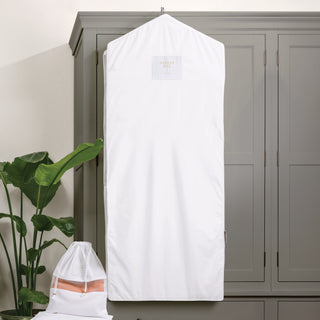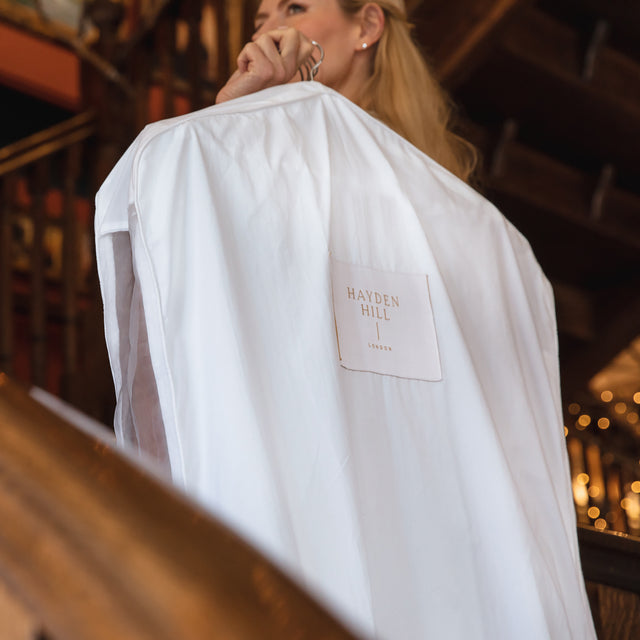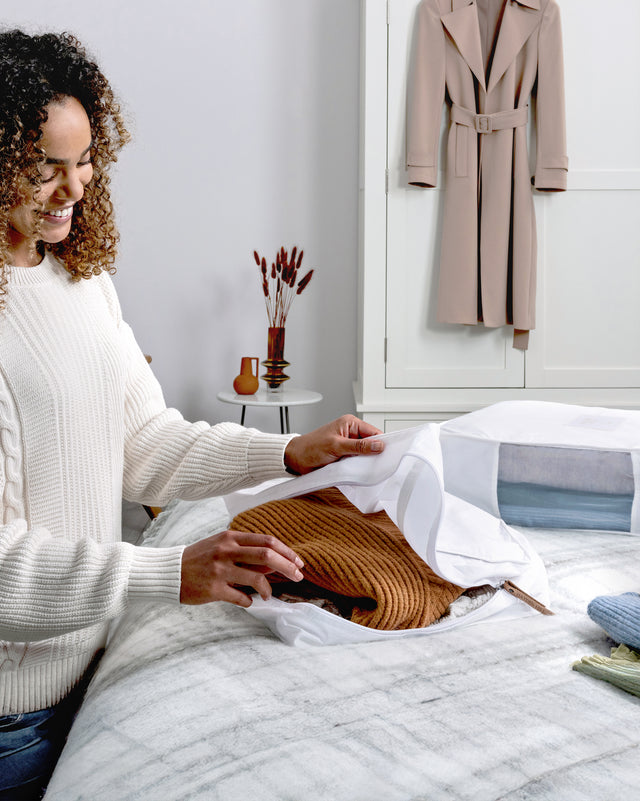Whether you are buying a luxurious cashmere sweater, or a pair of cashmere socks, do you know if the price tag reflects the quality? In this guide we help you identify the best grade cashmere.
When you are ready to make a large purchase, whether it’s a house, a car, or a vacation, you want to get the most value for your money.
The same is true when buying cashmere.
When you decide to invest in a cashmere piece for your wardrobe, you want the highest quality possible.
But, can you distinguish 100% pure cashmere from lesser quality at first glance?
That’s what this article will enable you to do.
What is Cashmere Wool?
As one of the most precious and luxurious natural products on the market, cashmere is coveted by many for its softness and insulating properties. High-end fashion garments and other items of superior quality are often crafted from cashmere wool.
Cashmere is renewable, sustainable, and it provides warmth without adding immense bulk. The best part? Unlike other forms of wool, cashmere is not itchy.
Where Does Cashmere Come From?
Cashmere comes from Kashmir goats in the northern hemisphere, with the biggest herds located in China, Iran, Mongolia, and Afghanistan. The goats grow an extra layer of fleece for warmth between June 21 and mid-December. The colder the weather, the longer the goat’s coat. On the outside is a guard layer that is wiry and waterproof, but the undercoat is ultra-fine and soft.
From that undercoat, we get cashmere.
Depending on where the goats are located, the texture and softness of their wool may widely vary. In particular, herds from the Kashmir Valley, hemmed to the northeast by the Himalayas, are believed to produce the finest cashmere wool due to the individual hairs of their undercoats being longer and smoother as a result of their environment.
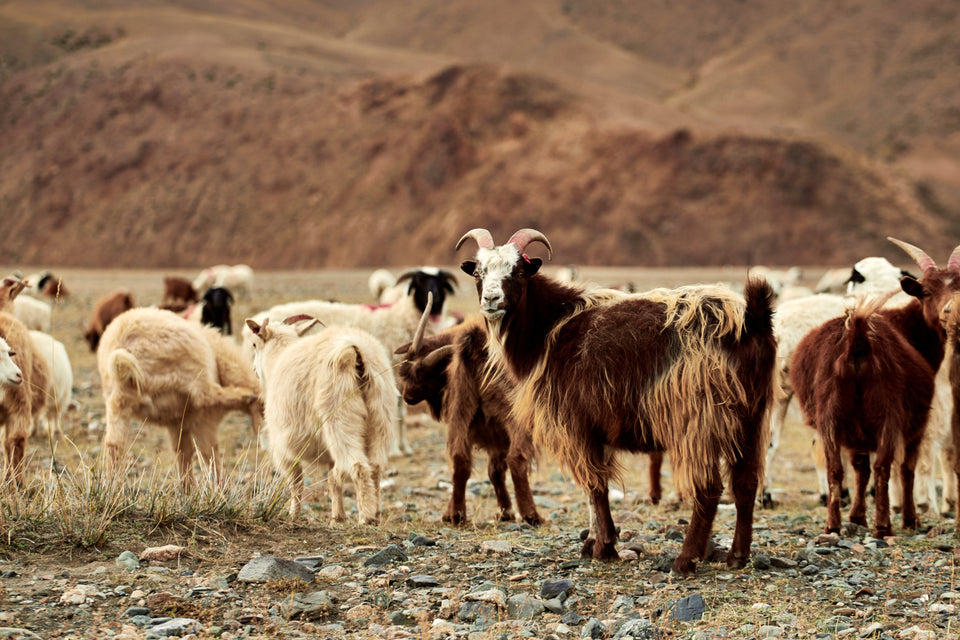
Cashmere Quality Grades
Beyond the origin of the goats, there are other cashmere characteristics that factor into quality. Cashmere has three quality classification levels, known as grades A through C.
Grade C Cashmere
The lowest quality of cashmere is Grade C. Cashmere of this grade has fibers that are thicker than average, with a diameter of about 30 microns. Grade C cashmere is also the cheapest.
Grade B Cashmere
The fibers of the second tier of cashmere are a bit thinner, averaging around 19 microns.
Grade A Cashmere
Grade A is the most expensive of all cashmere, because it is the thinnest, longest, and most durable. The diameter of Grade A cashmere is 14 microns, and the length is around 36mm.
Grade A cashmere is the most expensive because of its fiber strength despite its thinness. The garment is more durable, and consequently, has more longevity.
There are also differences in how the fibers wear. Higher quality cashmere pills less than lower grades, and it retains its shape much better. Plus, finer cashmere is infinitely softer.
You can find a cashmere scarf for sale at a boutique for anywhere from $12 to $5,000. The price all depends on the cashmere’s grade.
Tests to Determine if a Cashmere is Good Quality
You should always test the cashmere you are considering buying to determine whether the piece is of high quality and will last.
Fortunately, there are four easy tests that can help you decide whether the cashmere is worth the price tag.
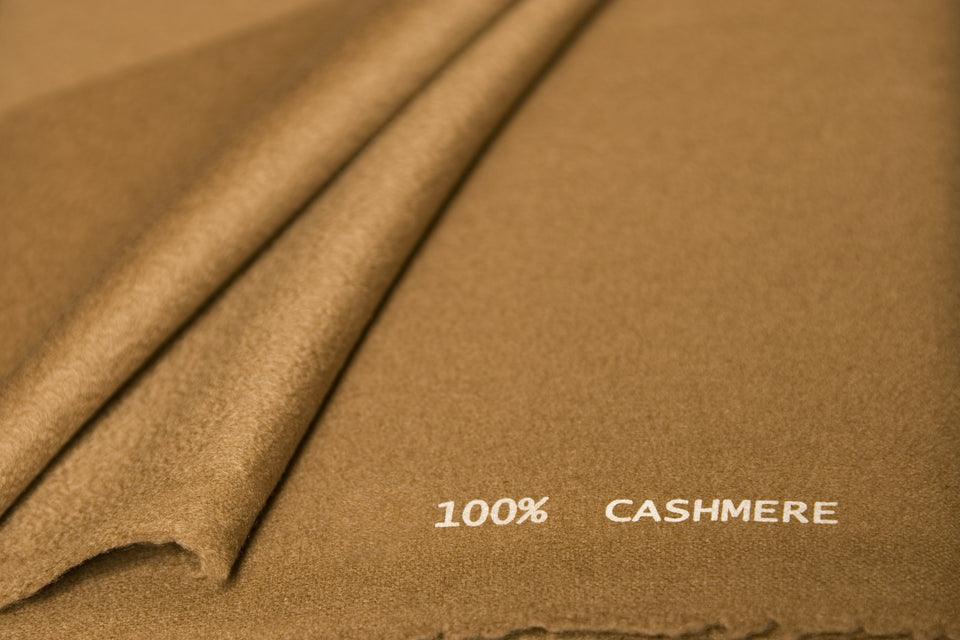
-
The Look Test: What does the cashmere look like?
In a store, you have the benefit of those bright lights overhead. Use them to your advantage.
Pick up the cashmere item, hold it at eye level, and look across the fabric’s surface. You should see about 1-2mm of fluff or fibers. Longer fibers mean less pilling.
But if there is more than 2mm of fluff, you should be suspicious. Usually, that reveals that the manufacturer added shorter fibers to enhance the softness of the garment. Unfortunately, those short hairs will wear out rapidly.
-
The Pilling Test: Will the cashmere pill?
Fabric pills when it rubs against itself. Pilling usually forms on clothing around the arms, elbows, and stomach. The shorter the fibers of a fabric, the more easily they get twisted up and knotted. Cashmere fabrics do pill, but the amount depends on the quality of the cashmere. A higher-grade cashmere will pill less than the lower grades.
To perform a pilling test, run your hand over the cashmere item. You may notice right away that little wads of fibers are forming. That means there are shorter fibers within the fabric, which is indicative of lower quality. All cashmere pills when met with friction over time, but only the lowest quality will pill rapidly.
-
The Touch Test: Does the cashmere feel real?
Cashmere should never feel scratchy or unpleasant to touch. If it does, then the cashmere is either low grade or a blend. The higher the quality of cashmere, the softer it will be. However, some companies will treat the cashmere fibers with a softener or chemical to make it feel softer. If the cashmere is suspiciously soft, it will likely not be as durable.
-
The Stretch Test: How well does the cashmere stretch?
Cashmere does stretch, and how well it does so will help you figure out the quality of the fabric.
To perform the stretch test, gently stretch the item out then let go. Watch how quickly the item springs back to its original shape. High quality cashmere will return to normal; lower grades will either stay stretched out or take far longer to revert to normal.
Another way to use the stretch test is to look through the cashmere while you stretch it. A lower grade cashmere sweater will look thin and more susceptible to holes than cashmere of better quality.
100% Cashmere Fabric vs. Cashmere Blend
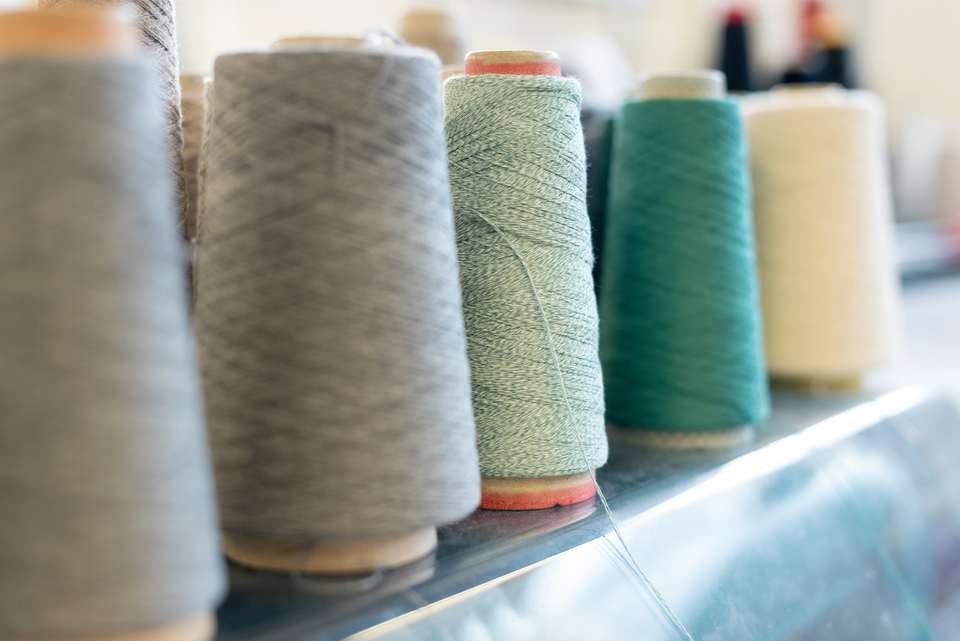
One hundred percent cashmere yarn is superb. Wearing clothing made from 100 percent cashmere keeps you warm in the winter and cool during spring and autumn. And high-quality cashmere gets softer with age without pilling.
But when cashmere is combined with other kinds of wool or synthetic fibers, there is a decrease in price and in quality.
If you plan on buying cashmere, aim for a purer grade by reading the label carefully. Legally, an item’s materials must be clearly stated on the label. For example, a piece of clothing may say 100% cashmere, or if it’s a blend, it may say 60% Merino wool and 40% cashmere.
What Does “Ply” Mean?
The item’s label or tags may also reference the number of ply. Ply is the number of threads twisted together to make a single piece of cashmere yarn. When two threads of cashmere are twisted into one piece, it is called 2-ply cashmere. Three threads make 3-ply cashmere and so on. The higher the ply, the more strength and durability the item will have.
As a rule, only purchase items that are 2-ply cashmere or higher. One-ply cashmere is not as durable and has a greater likelihood of developing holes. Keep in mind that plies greater than three add more insulation to an item but do not increase its quality.
What Does “Gauge” Mean?
The manufacturer may also list an item’s gauge. The gauge is the measure of how tightly the threads have been knit together. Or in other words, it is the number of rows and stitches per inch. The greater the gauge, the more cashmere yarn was used to make the item, and the tighter the knit will be.
This means that a 12-gauge sweater has 12 rows or stitches per 1 inch of cashmere. The fabric will feel dense to the touch. However, a 7-gauge cashmere sweater will be more lightweight and may even look a little like mesh.
The manufacturer’s label will also provide you with the basic information about caring for your item. One hundred percent cashmere will likely require dry cleaning or hand washing, but cashmere blends may allow machine washing.
Unfortunately, the label may not provide any further details on caring for your item. Knowing how to wash, dry, and treat cashmere stains is critical to extending the life of your item. Refer to our comprehensive guide to learn everything you need to know about cleaning your cashmere pieces.
Using these tests and knowledge, you should now be able to locate the best quality cashmere in any store. Along with appropriate care, you can preserve the beauty of your cashmere and ensure it will last a lifetime.

